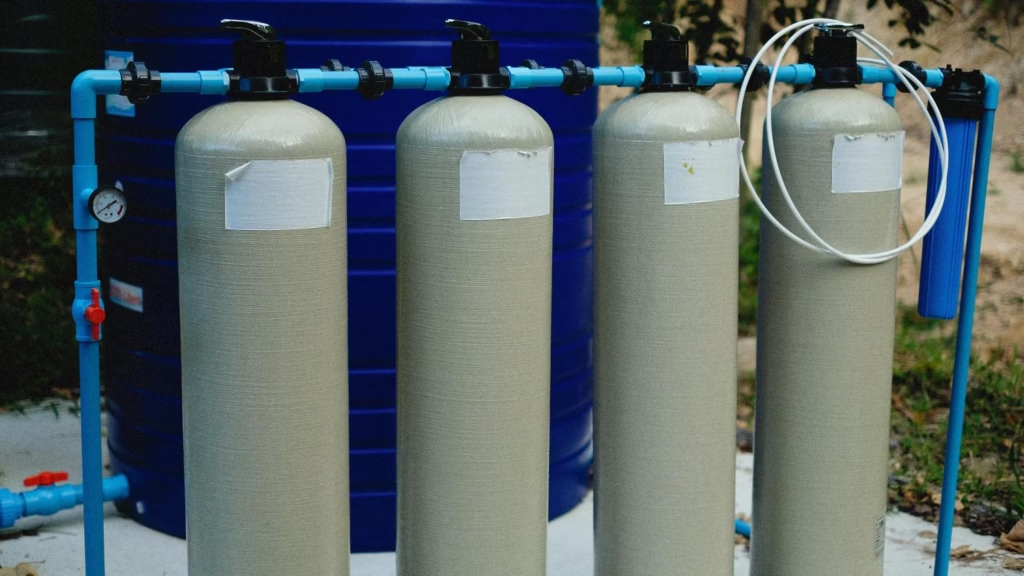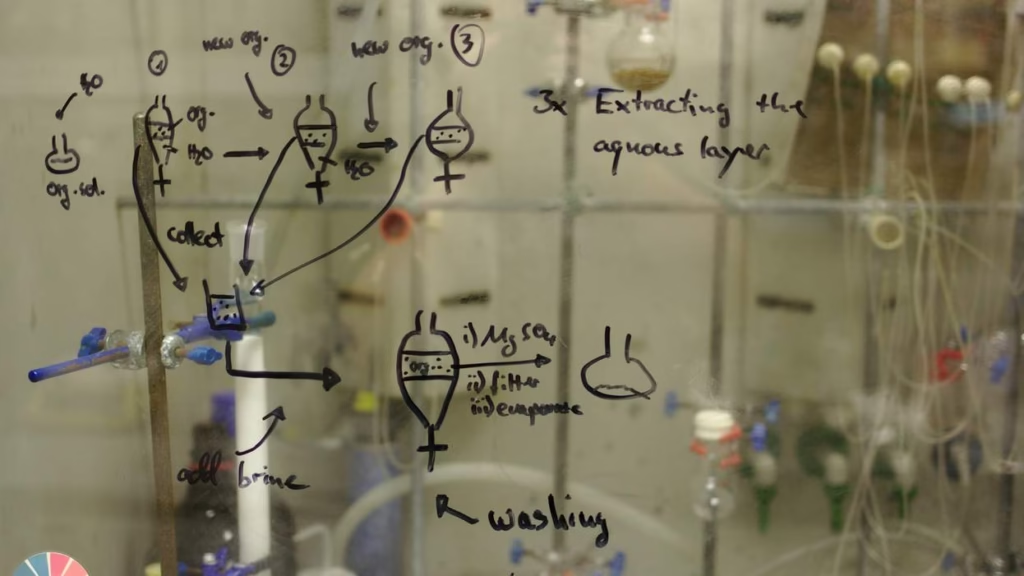Get ready for the 2026 AP Environmental Science exam! This guide breaks down the math you need to know. We cover key problems, show you clear examples, and list all the must-know formulas. Since you don’t get a formula sheet on the test, we’ll help you memorize them. Boost your score and tackle those math questions with confidence!
Table of Contents
Key Takeaways
- The APES exam needs you to be good at math. You will see questions on population growth, energy efficiency, and more.
- No formula sheet is provided. You must memorize the key equations.
- This guide gives you step-by-step help. It uses real examples from recent practice tests.
- You will learn how to handle multiple-response questions (MRQs) and free-response questions (FRQs).
- Math is a big part of your score. Mastering it is key to getting a 4 or 5.
Pro Tip: Wondering how your practice scores stack up? Check out the APES Score Calculator to see where you stand!
Why APES Math is a Big Deal
Picture this: You’re looking at a wetland. You need to calculate how rising seas will affect the birds living there. Or, you’re figuring out how much energy a city saves by using more hybrid cars.
These are the kinds of real-world problems you’ll solve on the APES exam. Many students focus only on the big ideas, like biodiversity. But the math is what connects those ideas to real solutions. It’s the bridge between knowing something and doing something about it.
This guide will make APES math easy. We will go from simple rates to harder equations. You will learn how to handle any math question the test throws at you. By the end, you’ll have the tools, formulas, and practice you need to succeed. Let’s dive in!
How Math Fits on the APES Exam
Math is used all over the APES exam.
- Multiple-Choice Section: This is 60% of your score. You will answer 80 questions in 90 minutes. Many questions use data, charts, and graphs. You will need to do quick calculations.
- Free-Response Section: This is 40% of your score. You will answer 3 questions. The third question almost always requires calculations based on a real-world scenario.
Remember: You can use a calculator, but you will not get a formula sheet. You must memorize all the important equations. Practice is essential!
Must-Know Formulas for the APES Exam
Since you don’t get a formula sheet, memorizing these is a must.
Population Math
- Population Density: Population / Area
- Use it to find out how crowded a place is.
- Population Growth Rate (%): (Births – Deaths) / Total Population × 100
- Don’t forget to add immigrants and subtract emigrants if the question says to.
- Rule of 70 (Doubling Time): 70 / Growth Rate (%)
- This estimates how many years it takes a population to double in size.
- Percent Change: (Final – Initial) / Initial × 100
- Use this for population change, or changes in pollution levels.
Energy Math
- Fuel Efficiency: Distance Traveled / Fuel Consumed
- Use it to compare different cars or trucks.
- Energy Efficiency (%): (Useful Energy Output / Total Energy Input) × 100
- This tells you how good a device (like a power plant) is at converting energy.
Ecosystem Math
- Net Primary Productivity (NPP): GPP – Respiration
- This is the energy that plants make and store. It’s the food for all animals.
- The 10% Rule: Only 10% of energy moves up each level in a food chain.
- *If plants have 1,000 calories, the plant-eaters that eat them only get 100 calories.*
Other Important Formulas
- Half-Life: The time it takes for half of a material to decay.
- Used for radioactive waste or pollutants.
- LD50: The dose of a substance that kills 50% of a test population.
- *LD50 = Dose / Body Weight. It measures how toxic something is.*
- pH: -log[H⁺]
- Used to measure acid rain. A change of 1 pH unit means a 10x change in acidity.
Common Types of APES Math Problems
1. Population Problems
These ask about growth rates and doubling time.
- Example: A town has 26,250 people and is growing at 5.38% each year. How long until it reaches 52,500 people?
- Solution: Use the Rule of 70. 70 / 5.38 ≈ 13 years.
2. Energy Problems
These focus on efficiency and fuel use.
- Example: A power plant makes 0.88 kWh of electricity from one pound of coal. If 11,000 homes each use 10,640 kWh per year, how many pounds of coal are needed?
- Solution: Total energy needed = 11,000 × 10,640 = 116,804,000 kWh. Pounds of coal = 116,804,000 / 0.88 ≈ 133,000,000 lbs.
3. Percent Change Problems
These are common in pollution or species loss questions.
- Example: The number of bird species in a forest drops from 7.5 to 6.0 per hectare. What is the percent decrease?
- Solution: (6.0 – 7.5) / 7.5 × 100 = -20%.
4. Trophic Level Problems
These deal with the 10% rule.
- Example: Producers have 9,000 kcal/m²/year. Herbivores have 900 kcal/m²/year. What is the transfer efficiency?
- Solution: (900 / 9000) × 100 = 10%.
How to Solve Any APES Math Problem in 5 Steps
- Read with Care: Find the key numbers and units in the question.
- Pick the Right Formula: Think about which formula from your memory fits the problem.
- Plug in the Numbers: Write out your steps clearly. You can get points for showing your work!
- Check Your Units: Make sure all your units (like miles, hours, pounds) match up. Convert if you need to.
- Explain Your Answer: What does your number mean for the environment? This is especially important in the free-response section.
Real APES Math Examples (From Recent Exams)
Example 1: Car Efficiency
- Scenario: A gas SUV gets 22 mpg. A hybrid SUV gets 36 mpg. Both have a 14-gallon tank.
- Question: What is the percent increase in mileage from the gas SUV to the hybrid?
- Solution: (36 – 22) / 22 × 100 = 63.6% improvement.
Example 2: Energy in a School
- Scenario: A school has 28,000 light bulbs. Each uses 0.0085 kW. They are on for 2,340 hours a year.
- Question: How much energy does the school use for lighting each year?
- Solution: 28,000 × 0.0085 × 2,340 ≈ 557,340 kW per year.
Top Mistakes and How to Avoid Them
- Mistake: Forgetting to convert units (like km to m).
- Fix: Write down your units at every step.
- Mistake: Using the wrong formula.
- Fix: Make flashcards and quiz yourself daily.
- Mistake: Relying too much on your calculator.
- Fix: Practice some math by hand to stay sharp.
- Mistake: Not explaining your answer.
- Fix: Always write a sentence saying what your calculation means for the environment.
Final Tips for Success
- Practice with a Timer: Use old exam questions and time yourself.
- Make Formula Flashcards: This is the best way to memorize them.
- Study with Friends: Explain the math to each other.
- Check Your Score: Use the APES Score Calculator to track your progress.
You’ve Got This!
APES math is your key to understanding our world. It helps you solve problems from climate change to conservation. Memorize the formulas. Practice the steps. Learn from your mistakes. You are not just studying for a test—you are building skills to help our planet.
Start today. Grab some practice problems and get calculating. You can do this!


























